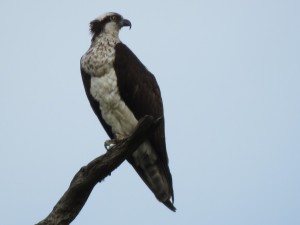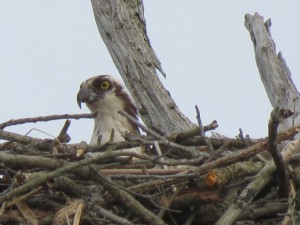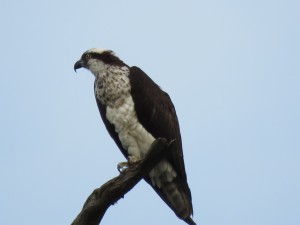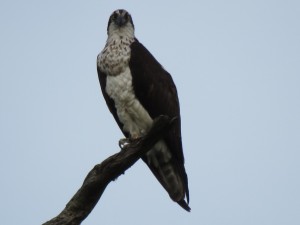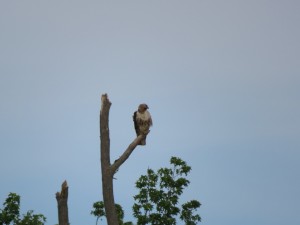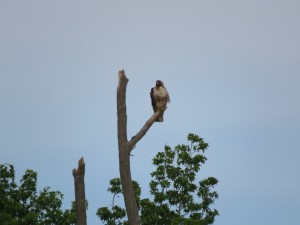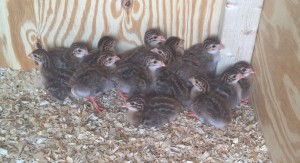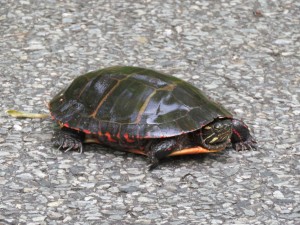A Face Only a Mother Could Love
This snapping turtle is not going to win any beauty contests. This is a face only a mother could love. This turtle is also due to become a new mother because its come out of the marsh to lay its eggs like many others around the estate. Turtles have to lay their eggs en mass due to the number of predators who subsequently consume them. Only a small percentage survive the egg stage, so the more eggs the better. You’ll see all kinds of turtles around the estate this time of year – Northern Diamondback Terrapins, Eastern Box Turtles, Snapping Turtles, Spotted Turtles, Painted Turtles, and more. Harvesting of turtles during this time is strictly prohibited.
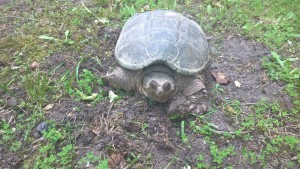
A face that only a mother could love. These ugly guys come up this time of year to lay their eggs.
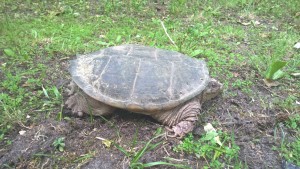
These ugly guys can get quite large. In the past these turtles were easy picking for anyone who wanted a quick meal, but in recent times they have been protected during the egg laying season. So if you see these prehistoric monsters, just let them go about their business.

